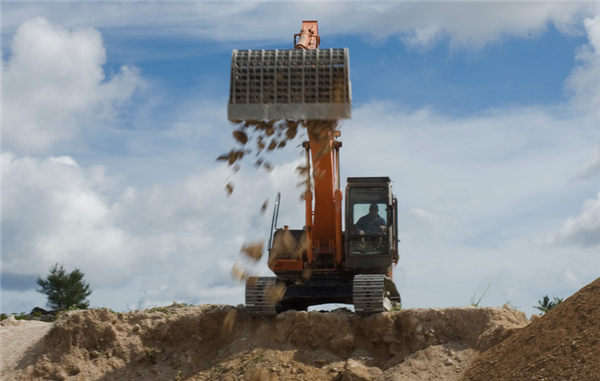
In a recent survey by Timetric’s Mining Intelligence Center (MIC), the majority of North American miners state they still make purchasing decisions for heavy mobile mining equipment at the mine site rather than corporate head office.
Over 100 mine managers were asked to identify specifically where decisions were made for the purchasing of heavy mobile mining equipment: at the mine site, centralised within the country, centralised elsewhere within North America or globally outside of the region. In the wake of the current cost reduction measures across the mining industry, it is interesting to see that across North America the majority of decisions are still made at the mine site, accounting for around 65% of all final decisions. After the mine site, final decisions were most commonly centralised within the country, accounting for 25% of operations.
This was high compared to other global mining regions. For instance in Africa, Asia and Latin America only around 40% of decisions are made at the mine site; whereas in North America, the mine site was still the location for the majority of decisions. However, over 28% of respondents expected more centralisation over this period for all categories, while fewer than 12% of respondents indicated that ‘centralisation’ would decrease in any category. That said, the majority of respondents do not expect any change at all, which indicates that North America is rather stable in terms of procurement centralisation.
“In other mining regions, notably Australia, we saw a trend towards greater centralisation, due in part to many miners reducing costs across their operations via central contract negotiations. However, we are not seeing this trend as strong in the US, which still prefer to handle most decisions at the mine sites. For instance the data revealed that close to 90% of precious metals purchasing decisions are still made on site, hence a supplier to precious metals mines is best advised to continue their relationship with onsite personnel. This information is particularly useful for companies that supply mining products and services, because they can use this to determine where marketing efforts are best made,” says Clifford Smee, Senior Mining Analyst at Timetric’s MIC.
Creative Commons image from Australian Governments’ Department of Foreign Affairs and Trade